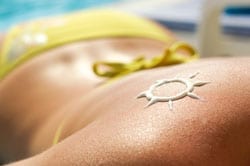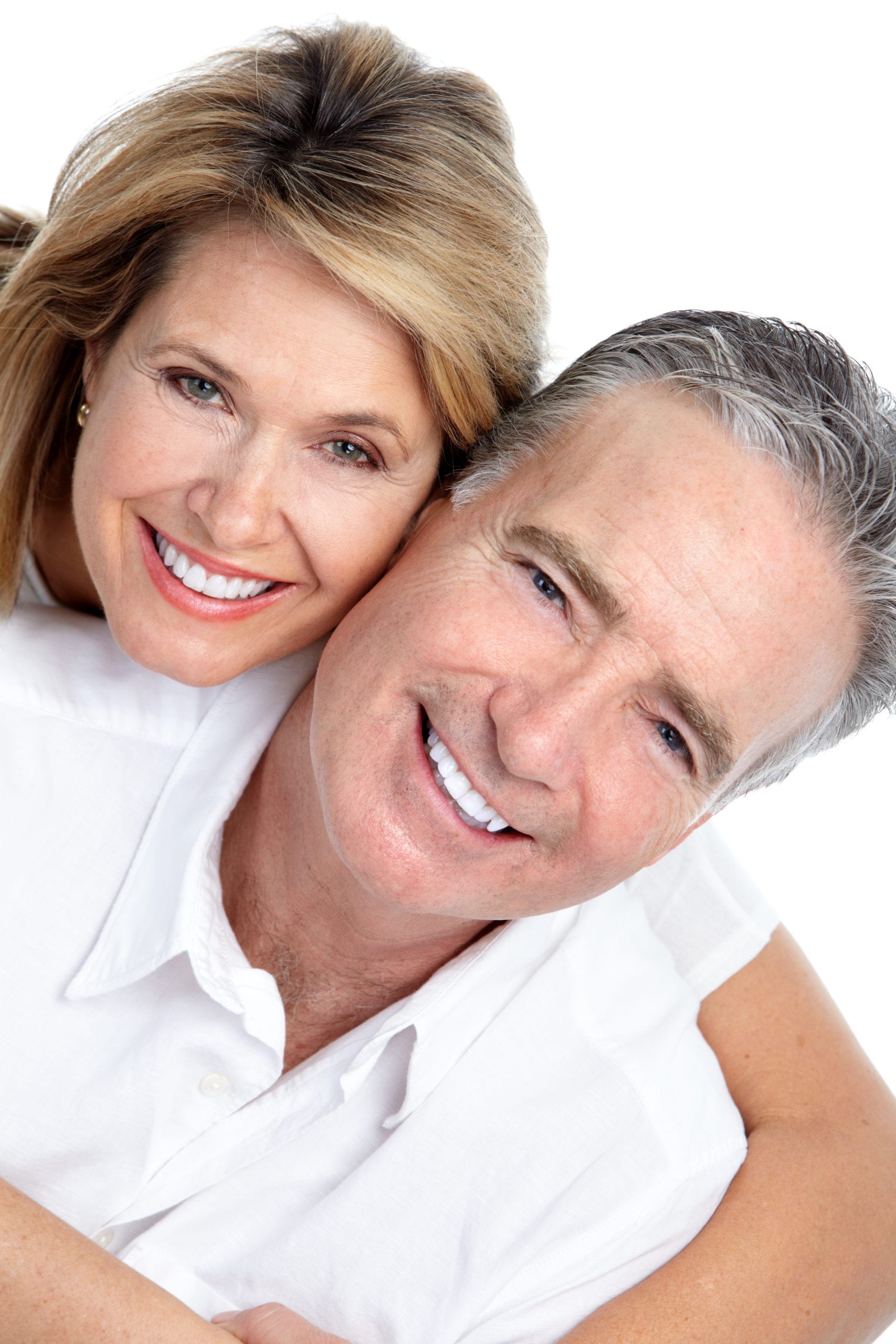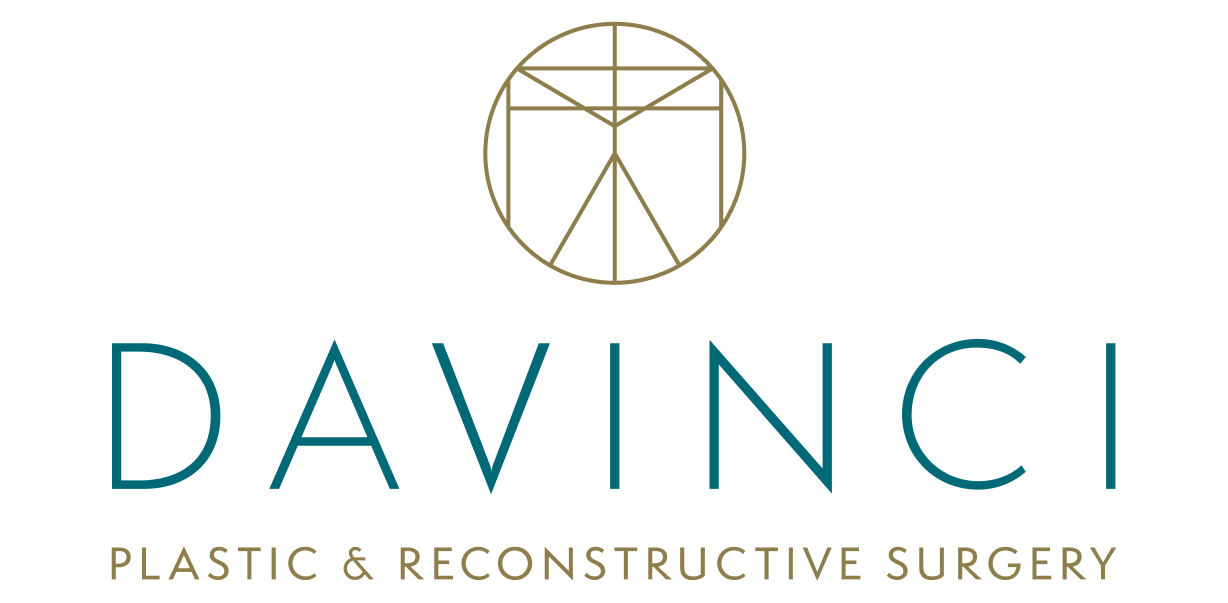Posted October 26, 2018 in Breast Augmentation, Breast Cancer Surgery, Breast Implants, Cancer
Breast Cancer Detection with Breast Implants
With October being Breast Cancer Awareness month, I thought it would be appropriate to address common questions I get about breast cancer and implants. It is very wise to address all angles of questions about your Breast Augmentation so that you can have complete confidence and peace going into the surgery and from there on […]
Read More








